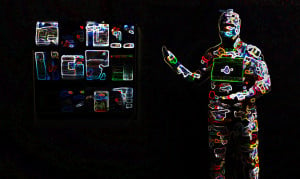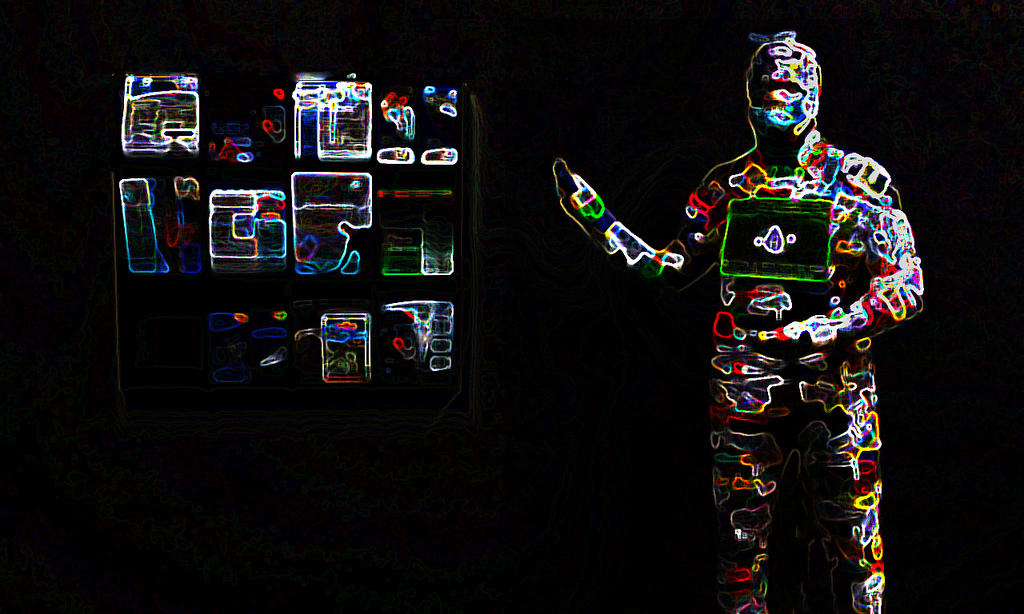While recent tech conversations have centered on social media startups like Snapchat and Whatsapp, some Stanford entrepreneurs are going in a different direction.

Hans Andersson recently wrote in The Dish Daily about how the Internet of things (IoT) space will achieve mass adoption by becoming inconspicuous, fashionable, and ubiquitous. I totally agree.
I’ve also written about how the IoT is just an intermediate step before it becomes internet of people, as even Mark Zuckerberg noted at recent Stanford talk, saying that one day we could have internet-enabled devices implanted in people.
The IoT is in many ways the gradual evolution of the miniaturization of technology. Part of the reason for the uptick of interest in the IoT is that smartphones and tablets have unleashed the creative energies of technologists who think they can now create a smart anything: locks, lights, cameras, cars, you name it. Another reason smartphones and tablets have helped propel the IoT space is because smartphones now enable anyone to connect to their smart devices through simple apps.
The IoT craze is impacting student entrepreneurs and startups at Stanford. For example,Switchmate is a startup at the Stanford venture studio that “manages your light switches from anywhere in the world. No technicians, no re-wiring, no screwdrivers.” The Switchmate team is composed of Robert Romano, Daniel Peng and Asish Dua.
Another venture studio startup is Echo Wearables, which founders Pierre-Jean Cobut and Elad Ferber describe as the “ultimate fitness tracker for the ultimate performance athlete.” The Echo Runner 510 will tell athletes inform athletes of their energy level to prevent from hitting the dreaded “wall,” how much rest and recovery they should take between workouts and update their hydration level.
The IoT is not just a futurist vision held by hobbyists tinkering in their basements. Major companies have incorporated the IoT into their strategic vision: from GE’s Industrial Internet initiative, to IBM’sSmarter Planet initiative. Microsoft is the latest major tech company staking a claim on the future of the IoT, as it works on a HomeOS and Windows Embedded.
As one might expect, many of these companies have corporate venture wings that are investing heavily in this area. In fact, according to a recent SVB report, a third of investment in the IoT space has been from strategic investors like Intel, Qualcomm, Siemens, Cisco, and GE.These big players are heavily investing in the IoT space because it will enable them to establish a stronger relationship with their customers and better understand their needs, boost their brand awareness, increase energy efficiency, customize services and equipment, as well as upsell additional services.
Although the big players have signaled their interest in the IoT, the biggest explosion of the IoT activity has been through crowdsourcing sites like Kickstarter and Indiegogo. Some of the best-funded projects on these sites have been the IoT devices and they aren’t just limited to the pebble watch. You only have to look at projects like thermodo, tile app, Lockitron, plant link and theScanadu Scout. Many of these crowdsourced projects have gone on to raise venture funding.
At Stanford, the IoT has made hardware sexier. And with the Product Realization Lab, Stanford students have the wherewithal to create the next generation of ubiquitous technology.
This post was originally published on thedishdaily.com before it was acquired by The Stanford Daily in summer 2014.
